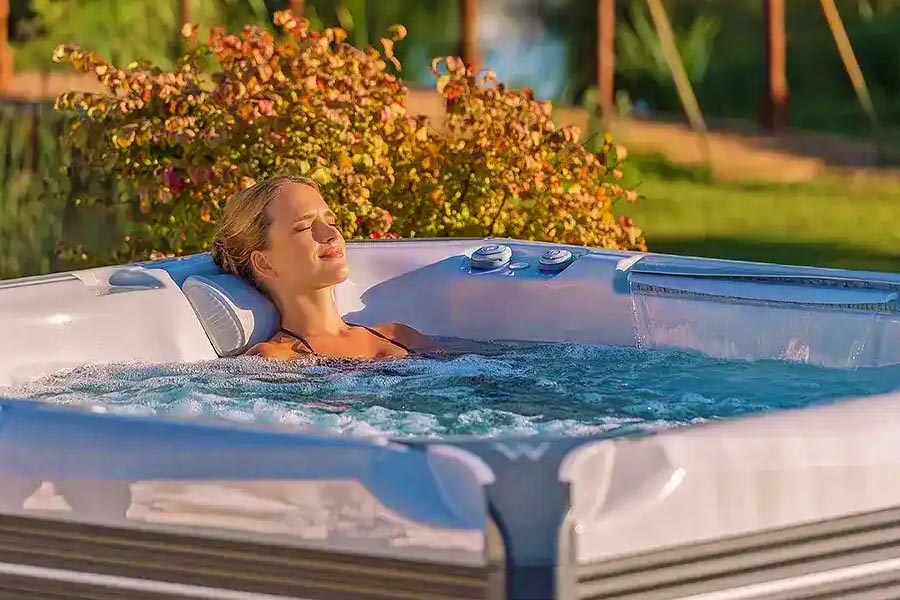Helpful Pool & Spa Advice

Troubleshooting Common Spa Heater Issues
Here are some basic spa heater troubleshooting tips. Each spa system is different, so identifying your heating issues can be difficult. The information below should help you identify the issue. If heater replacement is necessary, you can use our HEATER LOCATOR to find the right spa heater for your system. You can also browse our HEATERS along with our HEATER PARTS.
1. Identifying Heating Problems
Understanding how to troubleshoot heating problems is essential for maintaining your spa heater. Common issues include inconsistent temperatures, long heating times, or complete failure to heat. Identifying the root cause of these problems can help you determine whether repair or replacement is necessary.
- Inconsistent heating can indicate a malfunctioning thermostat or heater element.
- Long heating times may suggest low power supply or a clogged filter.
- Complete heating failure often results from electrical issues or internal damage.
- Early troubleshooting can prevent larger problems down the road.
2. Checking Electrical Connections
One of the first steps in troubleshooting a spa heater is to check the electrical connections. Loose or damaged wires can prevent the heater from functioning properly. Ensure all connections are secure and free of corrosion to maintain a stable power supply.
- Inspect the wiring for visible damage or wear.
- Tighten any loose connections to improve performance.
- Corroded terminals may need to be cleaned or replaced.
- Always turn off power before inspecting electrical components.
3. Examining The Thermostat
The thermostat is a crucial component that regulates the temperature of your spa water. If it’s malfunctioning, it may lead to inconsistent water temperatures. Calibrating or replacing the thermostat can often resolve these issues, allowing for more stable heating.
- Check if the thermostat is set correctly and responding to temperature changes.
- If adjustments don't help, consider replacing the thermostat.
- Ensure the thermostat is compatible with your heater model.
- Regular checks can prevent future thermostat-related problems.
4. Inspecting The Heater Element
The heater element is another vital component to check when troubleshooting your spa heater. If the element is damaged or worn, it may not heat the water effectively. Regular inspections can help identify wear before it becomes a significant issue.
- Remove the heater cover to access the heating element.
- Look for signs of wear, such as corrosion or cracks.
- Replace the heating element if it appears damaged or ineffective.
- Proper maintenance can extend the lifespan of the heater element.
5. Evaluating Water Chemistry
Poor water chemistry can lead to significant problems for your spa heater. High levels of calcium can cause scale buildup, which can damage the heater over time. Regularly testing and adjusting your spa’s water chemistry is crucial to maintaining heater efficiency.
- Test the water chemistry at least once a week.
- Adjust pH and alkalinity levels as needed to prevent scale buildup.
- Clear any debris or contaminants to protect the heater.
- Clean the heater periodically to remove buildup.
6. When To Call A Professional
While many issues can be resolved through basic troubleshooting, some problems require professional intervention. If you notice persistent issues with your spa heater or if you’re unsure about diagnosing the problem, it’s best to call a qualified technician.
- If troubleshooting fails to resolve the issue, seek professional help.
- Unfamiliar electrical issues can pose safety risks; do not hesitate to call an expert.
- Professionals can provide a comprehensive evaluation and repair options.
- Regular professional inspections can prevent major issues.
7. Preventive Measures For Future Issues
Taking preventive measures can save you time and money when it comes to spa heater replacement. Regular maintenance, including cleaning filters and checking electrical connections, can help keep your heater running smoothly and reduce the risk of major failures.
- Schedule regular maintenance checks to catch potential issues early.
- Clean filters frequently to ensure proper water flow.
- Keep the heater area clean and free from debris.
- Follow manufacturer recommendations for care and maintenance.
Key Takeaways:
- Identifying common heating problems is the first step in troubleshooting.
- Check electrical connections and thermostat functionality regularly.
- Inspect the heater element for signs of damage to ensure efficient heating.
- Monitor water chemistry to prevent scale buildup and damage to the heater.
- Don’t hesitate to call a professional for persistent issues.

